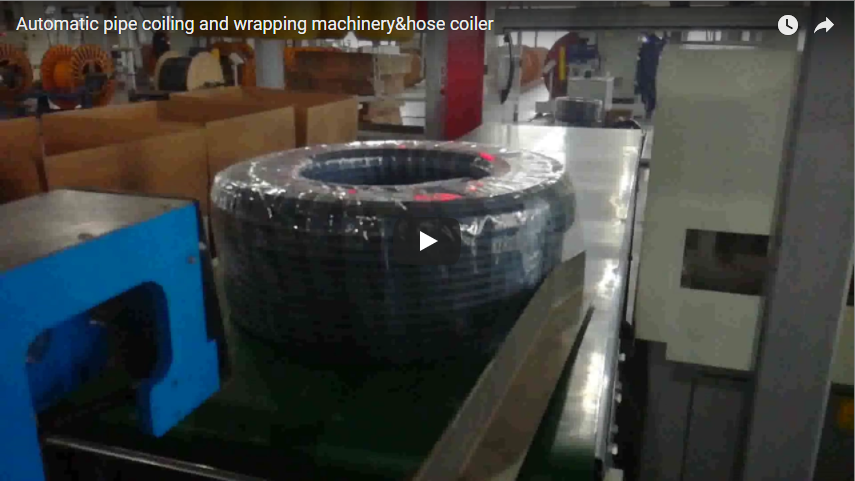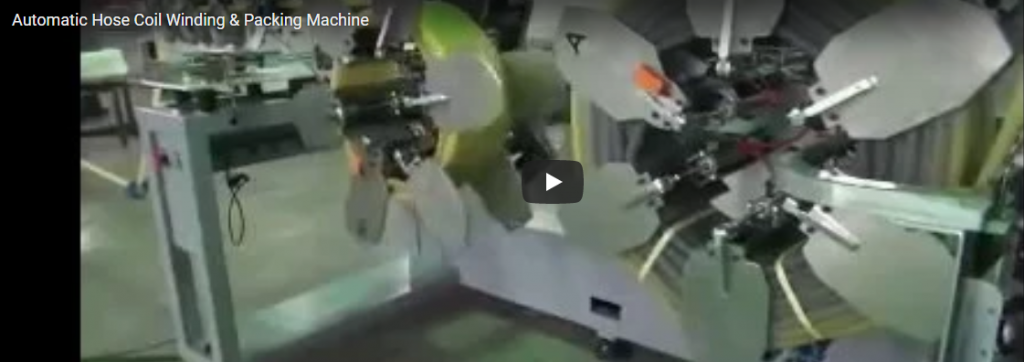I have often struggled with damaged coils in transit, and I know how frustrating that can be.
Finding the right material means choosing something that protects coils from moisture, impact, and scratches. I look for a balance of durability and cost, so I reduce damage and maintain efficiency.
I want to share how I evaluate materials and methods. I see many options, but I also see a lot of confusion. I will explain what I do when I compare different packaging approaches. I will show how I take protective layers, cost, and automation into account. I hope this helps anyone who needs to pack steel coils with less stress.
what are Good Packaging Materials Suitable for Coil package?
I learned that different materials solve different problems1 in coil handling. I think good materials should protect against rust, dents, and moisture2. I also consider how easily they can be applied, so I reduce handling time and labor costs3.
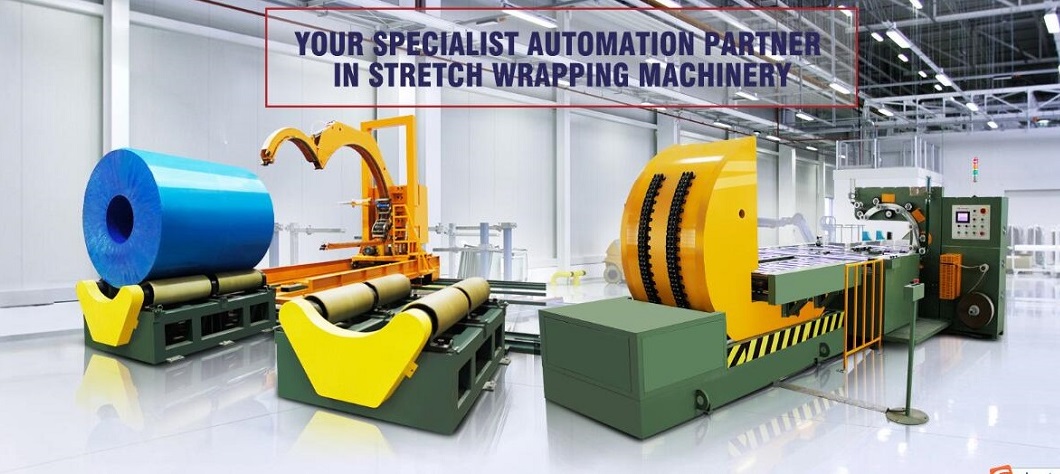
Dive Deeper
I want to break down the common materials I have used. First, I look at steel strapping. It is strong and holds coils in place. It has drawbacks, though. Strapping can cause scratches if I do not add protective edges. I also watch for tension so I do not deform the product. I find steel strapping is good for very heavy coils, but it can be inconvenient if I have smaller coils or if I need to remove the straps many times.
Next, I look at plastic wrap. This includes stretch film or shrink film. I like plastic wrap because it protects against moisture. It can also reduce dust accumulation. I choose different thicknesses based on my coil size. I also consider how much plastic I need for tension. I try not to use too much plastic because that raises costs. I prefer using a stretch wrap machine when I handle large volumes. That saves time and reduces manual labor. I also find plastic wrap easy to recycle if my local facility accepts it.
Then, I consider VCI (Volatile Corrosion Inhibitor) paper or film. I like how it prevents rust. I usually use it for coils that might be stored in humid conditions or transported long distances. I see that VCI materials are more expensive, so I use them only when I must. They have saved me from corrosion issues, which would be more costly to fix.
I also think about edge protectors. These are usually cardboard or plastic. They help prevent damage to coil edges when strapping or wrapping. I use edge protectors to avoid scratching the metal and to make coils look good for customers. Cardboard edge protectors are cheaper, but they might not be as durable in damp conditions. Plastic ones are stronger, but cost more. I decide based on storage conditions and shipping distance.
I keep a table to compare factors like cost, protection level, and ease of use. It helps me decide quickly.
| Material | Protection Level | Cost | Ease of Use |
|---|---|---|---|
| Steel Strapping | High (impact) | Moderate | Moderate |
| Plastic Wrap | Moderate (dust) | Low | Easy with machine |
| VCI Film/Paper | High (corrosion) | High | Moderate |
| Edge Protectors | High (edges) | Low | Easy to apply |
I have found that combining multiple materials can give the best results. For instance, I might use VCI paper and then add plastic wrap for external protection. I also add edge protectors and steel strapping if I must secure heavy coils for long trips. This layered approach helps me achieve reliable coil packaging. I think about the shipping environment. If there is high humidity, I lean toward VCI and wrap. If there is rough handling, I use steel strapping and edge protectors. If the trip is short, I may only use stretch wrap and a few straps. By considering these options, I reduce damage. That lowers returns and keeps customers happy.
how To Choose The Coils Packaging Method?
I want a system that balances cost, speed, and quality.
I usually choose the method that aligns with my coil sizes, my labor availability, and my customers’ expectations. That keeps me on track.
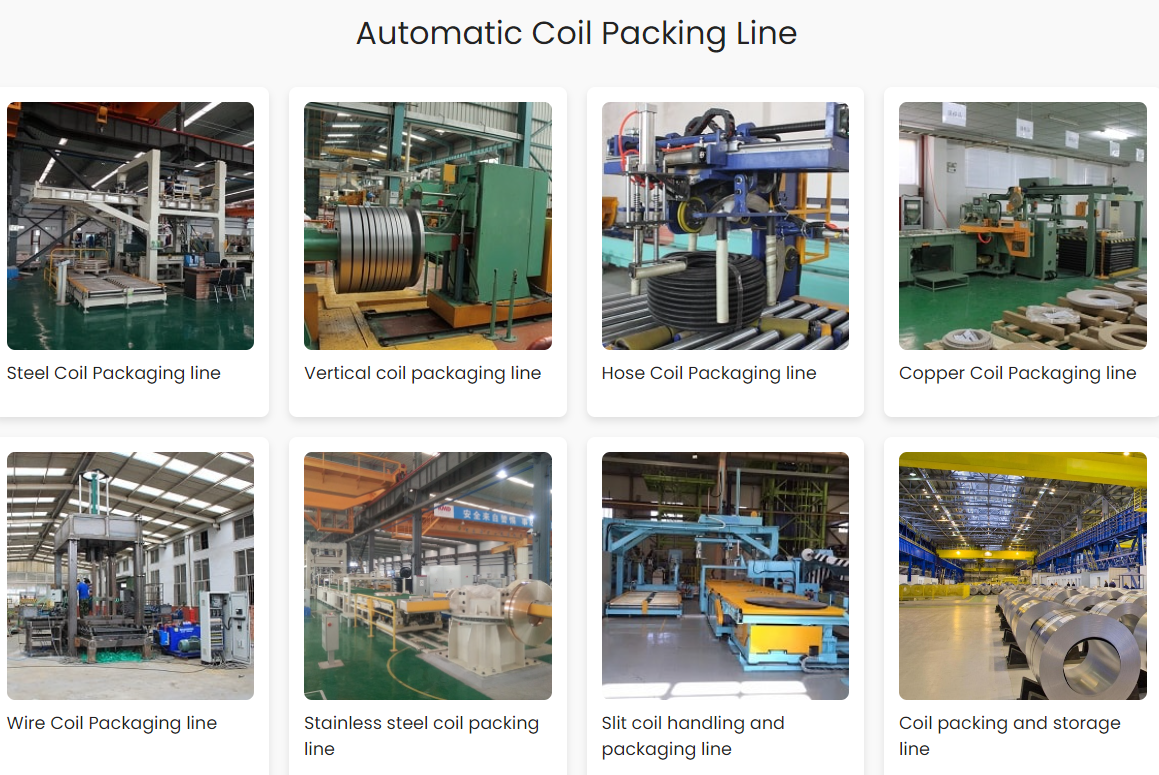
Dive Deeper
I have tried many ways to pack steel coils. Sometimes I wrap them with stretch film. Other times I place them on wooden pallets. I also secure them with steel strapping. I notice each method has pros and cons. I want to explain my thought process so others can pick the right way.
First, I look at coil size and weight. If I handle large coils, I need sturdy support structures. Pallets or skid-based solutions help me move them with forklifts. This keeps them stable during loading and unloading. If I skip pallets, I risk damaging the coil edges when the forklift grabs them. Pallets also raise packaging cost, so I only use them for bigger coils or when transport conditions are rough.
Next, I consider how fast I need to package. Manual wrapping with plastic can be slow if I have many coils. I might hire more workers to speed up the process. But that can raise costs if it is long term. Using a coil wrapping machine helps me achieve consistent tension and wrapping coverage. I also notice fewer errors when I use an automated method. This is important if I need to meet strict deadlines or handle large orders.
I also think about the shipping distance and storage environment. If it is a short trip, I might use a basic wrapping method. If it is overseas shipping, I may need more protection like VCI film, extra strapping, and corner guards. I have seen how salt air can cause corrosion on exposed metal surfaces. That is why I test the method in smaller shipments to see if it works under real conditions.
I remember once I shipped coils overseas without VCI film, thinking a good plastic wrap layer would be enough. That was a mistake. The humidity and travel time caused minor rust spots, and I had to fix that. It cost time and money, so I learned to weigh the environment carefully.
I also talk to customers about their needs. Some only care about minimal packaging for cost reasons, while others want maximum protection to avoid any risk. I share my experiences and give them the pros and cons. This helps them understand the possible trade-offs. By doing that, we agree on a method that balances cost and protection.
I keep a simple approach: understand coil dimensions, shipping distance, handling conditions, and environment. Then I pick a method that uses appropriate materials with the right machinery. This saves me trouble later.
how to do automation in the coil packing and delivery?
I see more businesses asking for automation to reduce labor costs and errors.
I have adopted automated wrapping and strapping systems, and I gained more consistency and speed. That has improved my workflows.
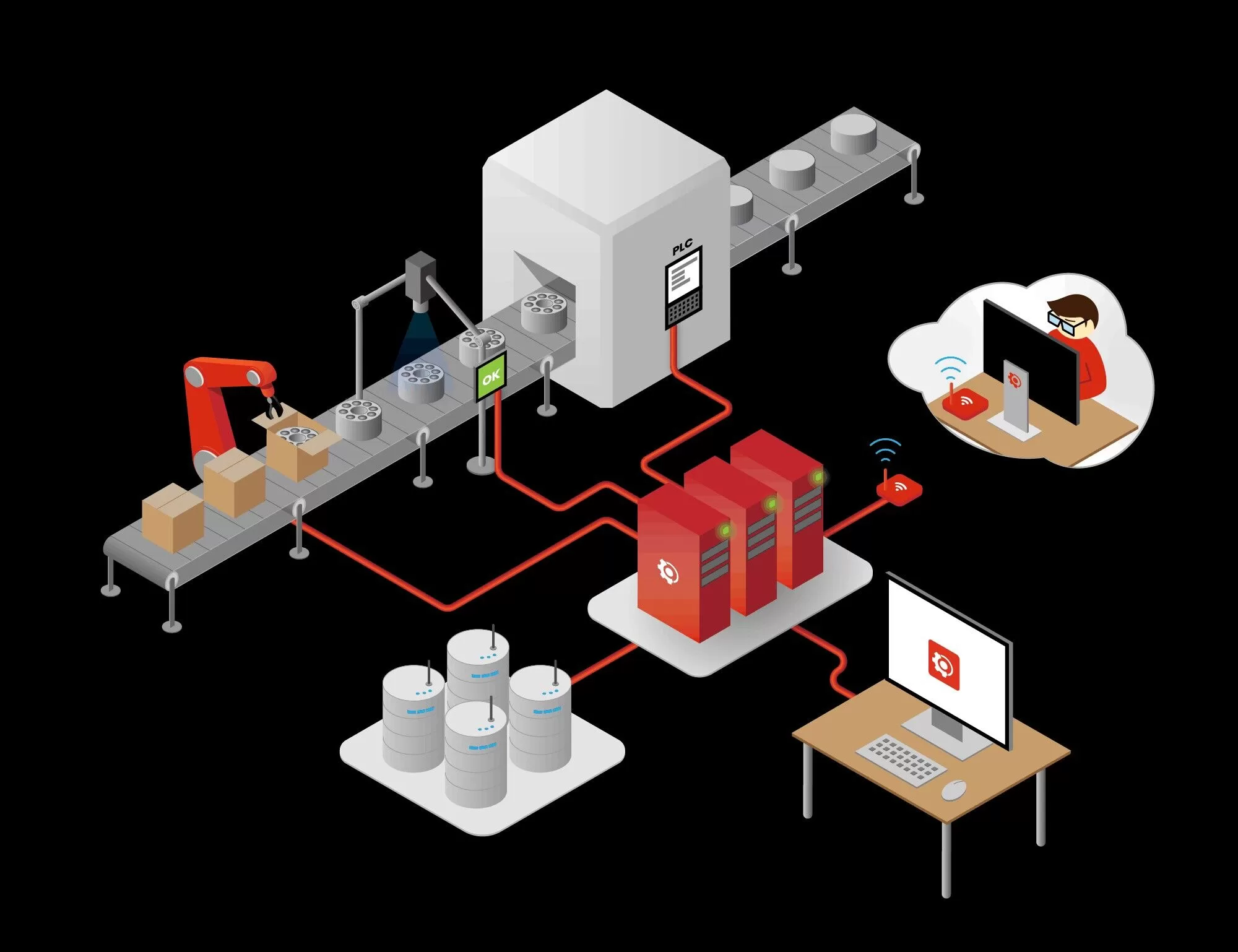
Dive Deeper
I have spent years watching how manual processes slow me down. Workers get tired, mistakes happen, and coil damage can occur when tension is uneven. Then I discovered automated solutions. They are not cheap, but they solve many problems.
First, I introduced a coil wrapping machine. This machine spins the coil and applies stretch film or other wraps at a preset tension. I like that it is consistent, and I get the same coverage every time. My workers do not guess how tight to pull the wrap. This reduces the chance of damage or partial coverage. It also lowers plastic usage, because we do not waste material. My biggest hurdle was training. I had to show my team how to operate the control panel and how to position the coil. But that only took a few days. After that, the process ran smoothly.
I also considered an automated strapping machine. It places steel or plastic straps around the coil with the right tension. I used to see workers struggle to apply strapping by hand, which took time. The machine speeds that up, and it eliminates repetitive strain injuries. Now they just load the coil, press a button, and the strapping is done. I also add protective corners if needed, and the machine can handle that with minimal adjustment. This saves me from manual edge protectors that might shift if not placed correctly.
Next, I looked at ways to automate coil delivery. Some factories use automated guided vehicles (AGVs) or conveyor systems to move coils from the production line to the packaging station. That can be a big investment, but it makes sense for high-volume facilities. In my case, I started with a conveyor that carries coils from the slitting line to the wrapping machine. This alone reduced forklift traffic and improved safety. I do not see as many forklift collisions or coil mishandling events.
I found that automation requires good planning. I needed to measure my production output, coil sizes, and available space for machines. I also had to budget for maintenance. Automated machines need upkeep, especially if they are used constantly. I keep spare parts on hand. I work with the machine supplier to schedule service. This avoids downtime. But I see that the benefits outweigh the costs. My packaging line is more efficient, my team is happier, and we have fewer damage claims.
I think automation also raises the professional image of my company. Clients who visit my facility see a neat, systematic approach. They trust that we can handle large orders without worrying about delays. That helps me build better business relationships.
Conclusion
I balance material quality, packaging methods, and automation to protect coils. I find that thoughtful decisions save me time, money, and stress.


